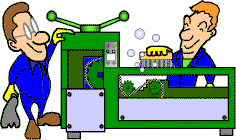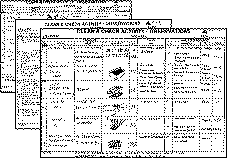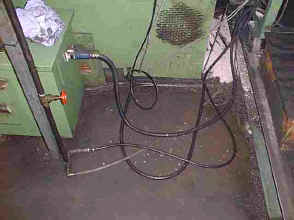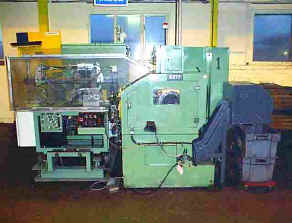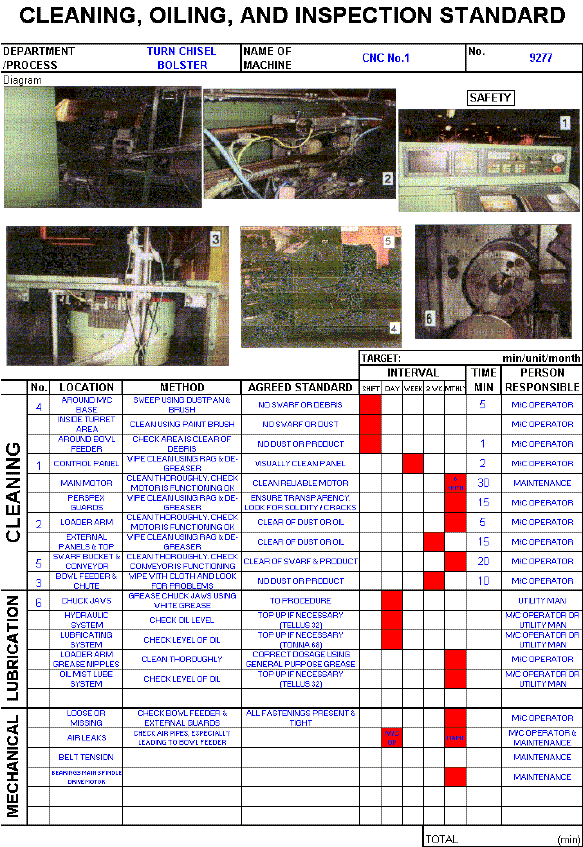Cleaning & Checking
In a 'traditional' working environment different groups of people have different perspectives on equipment:
- 'We get paid to make things - looking after equipment is somebody else's job!'
- 'I would fix it - if you only give me the time!'
- 'I need the machine running - just do a temporary repair for now!'
- 'I'm not cleaning that - its from the other shift...'
There is so often a vicious circle of neglect and deterioration, fuelled by ever more urgent need to fulfill over-due orders caused by unexpected breakdowns and high scrap. We know it doesn't make sense - but, right now, we need to keep the customer supplied!
How to break out of this? One way is to undertake a Clean & Check activity with a team of people representing operators, fitters, setters, electricians and all other interested parties.
